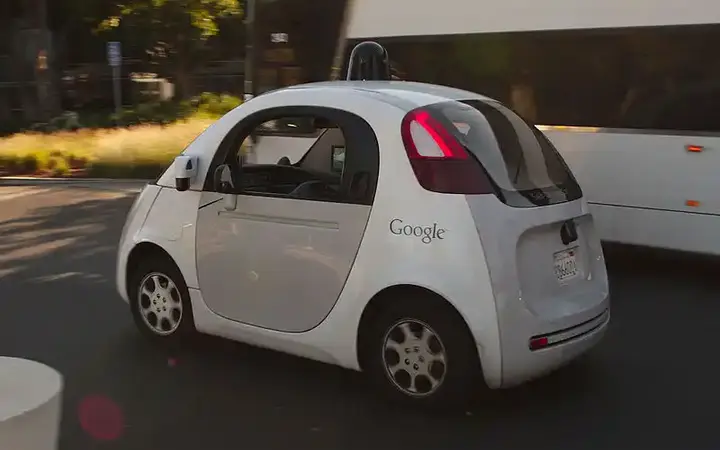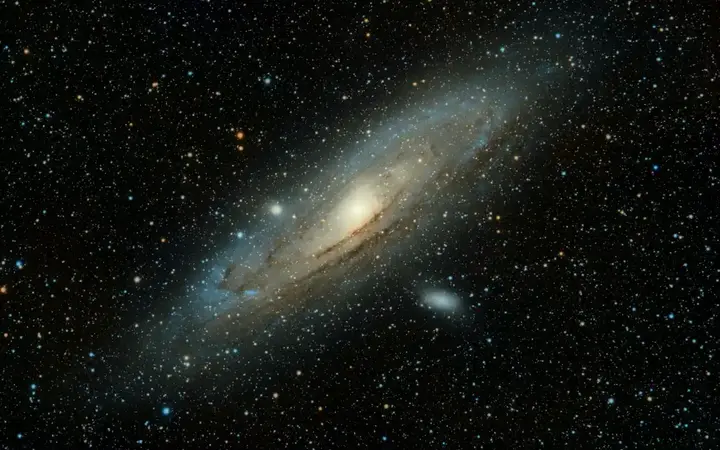The return of the first Indian space tourist to Earth: the cost of private space travel
Space tourism, once a science-fiction dream, has become a reality in the twenty-first century. With private companies navigating the universe, the concept of civilians traveling beyond Earth is no longer a distant fantasy. India has recently witnessed a historic milestone as India's first space tourist safely returned to Earth, marking a major achievement in the global space tourism industry. This article explores the emergence and development of space tourism, the journey of India's first space tourist, the costs associated with such an endeavor, and the future of private space travel.
Show key points
- Space tourism is defined as the commercial activity of sending private citizens into space for recreational or adventure purposes, distinct from traditional astronaut missions.
- The industry began to take shape in 2001 with Denis Tito’s historic trip to the ISS, proving that civilians could successfully travel in space.
- Major private aerospace companies like SpaceX, Blue Origin, and Virgin Galactic have been instrumental in developing viable space tourism technologies.
- ADVERTISEMENT
- India celebrated a milestone when its first civilian space tourist, a businessman from Bengaluru, completed a successful suborbital flight.
- With ticket prices ranging from hundreds of thousands to tens of millions of dollars, space tourism remains a luxury experience accessible primarily to the wealthy.
- Space tourists may experience physiological impacts and profound psychological changes, often describing the trip as transformative and perspective-altering.
- The industry’s future promises greater accessibility, longer missions, and innovations such as space hotels, pointing to a rapidly evolving and expanding market.
1. The concept and definition of space tourism.

Space tourism refers to the commercial activity of sending private individuals into space for the purposes of entertainment, enjoyment, or adventure. Unlike professional astronauts who undergo rigorous training for scientific missions, space tourists are civilian passengers, often with little training, and seeking the experience of space travel. This concept has evolved from mere ideas into a lucrative industry, thanks to developments in space technology and the rise of private space companies.
Recommend
2. The emergence and history of space tourism.
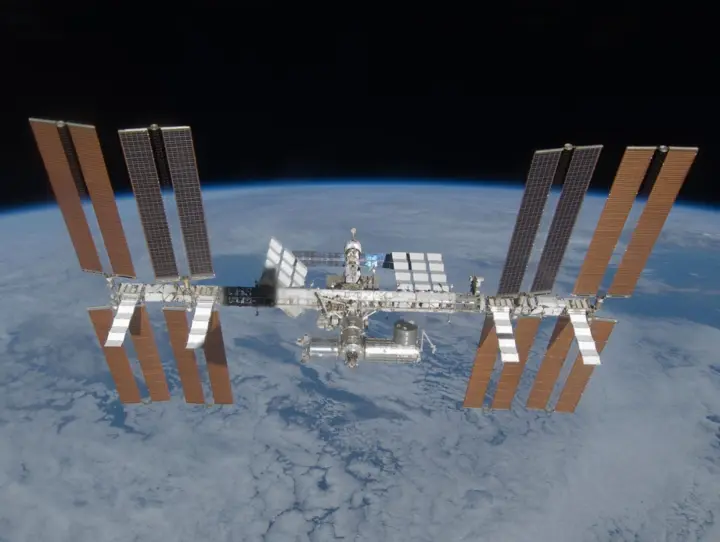
The idea of space tourism emerged in the mid-twentieth century, driven by rapid advances in space exploration. However, it wasn't until 2001 that the first space tourist, Denis Tito, an American businessman, made his journey to the International Space Station (ISS) aboard a Russian Soyuz spacecraft. His eight-day stay in space was a watershed moment, proving that civilian space travel was possible. Since then, a few wealthy individuals have followed suit, with each flight contributing to the maturation of the space tourism industry.
3. The development of space tourism and realized spaceflight.
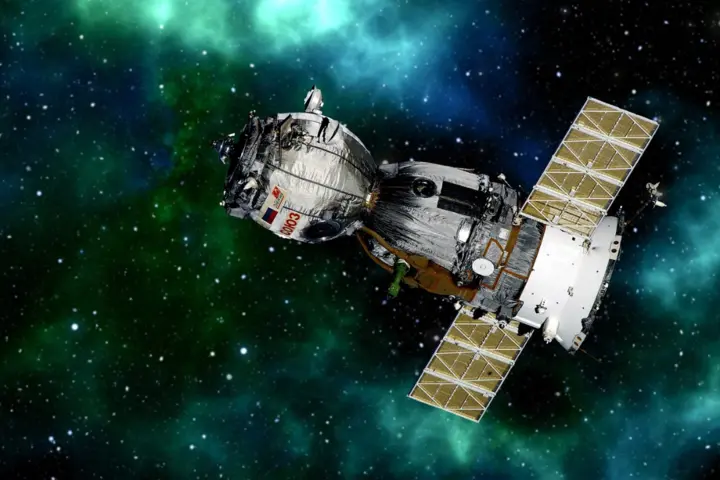
Over the past two decades, space tourism has evolved from a niche market into a booming industry. Companies such as SpaceX, Blue Origin, and Virgin Galactic have been at the forefront, developing spacecraft capable of transporting tourists to the edge of space and beyond. The flight of India's first space tourist was the culmination of years of technological advancement, meticulous planning, and cooperation between private and public space agencies. This historic flight not only showcased India's capabilities in space exploration, but also highlighted the global potential of space tourism.
4. The first Indian space tourist.

India's first space tourist, a wealthy businessman from Bengaluru, embarked on a space flight aboard a private spacecraft, making history as the first Indian civilian to leave Earth's atmosphere. The flight, which lasted several minutes in suborbital space, provided a breathtaking view of the Earth, the experience of weightlessness, and a sense of awe that words could barely express. This mission was more than just a personal achievement; it was a moment of national pride, inspiring millions of Indians and opening the door to space tourists from this country in the future.
5. The cost of space tourism flight.
Space tourism, while exciting, comes at a high price. The cost of this trip can range from $250,000 to more than $55 million, depending on the type of mission and the company facilitating the trip. Orbital flights, which take tourists to the edge of space, are relatively more expensive, with companies such as Virgin Galactic offering seats for around $450,000. On the other hand, orbital missions, such as those heading to the International Space Station, are significantly more expensive due to the complexity and duration of the flight. The first Indian space tourist is said to have paid a large sum, reflecting the exclusivity and novelty of the experience.
6. The effects of space flight on tourists.
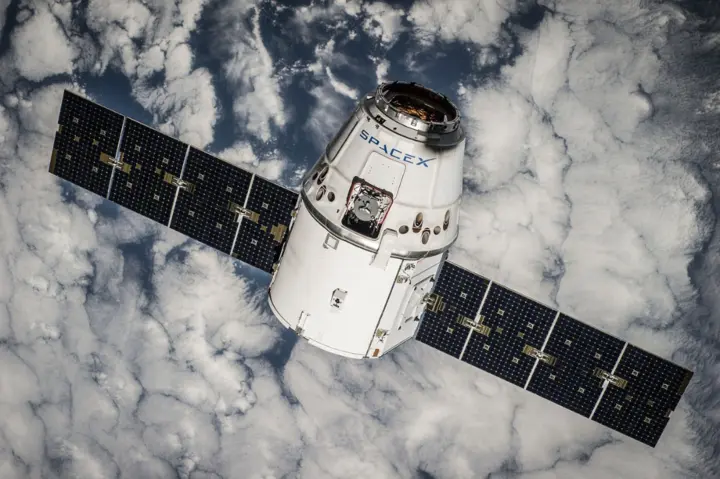
The journey into space, though exhilarating, is accompanied by profound effects on the human body and psyche. Space tourists suffer from weightlessness, which can lead to loss of orientation, nausea, and other physiological effects. Seeing Earth from space often evokes a sense of "overview" effect, a cognitive shift in consciousness that can lead to a deep sense of connection to the planet and its inhabitants. The first Indian space tourist, upon his return, described the experience as life-changing, offering a new perspective on the existence and fragility of the planet.
7. The future of space tourism.
The successful return of India's first space tourist marks the beginning of a new era in space tourism, not only for India but for the world. As technology advances and costs gradually fall, space tourism is expected to become more accessible to a wider audience. Future developments could include longer stays in space, lunar missions, and even the creation of space hotels. The industry is poised for exponential growth, with private companies continuing to innovate and push the boundaries of what is possible.
8. Risks and dangers associated with Teflon.
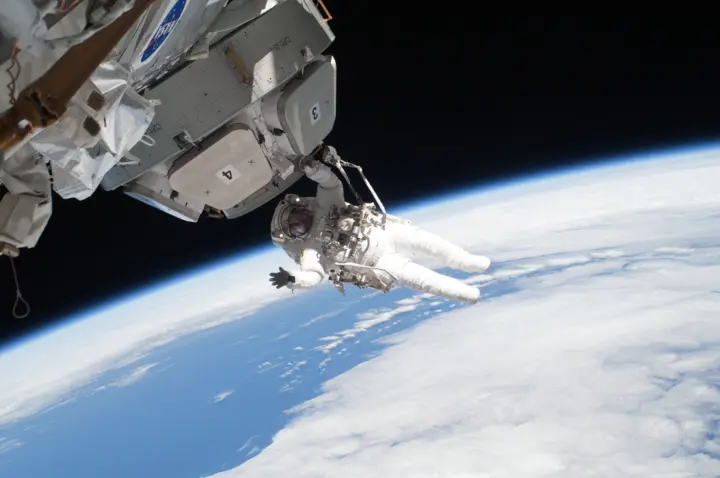
India's first space tourist to return to Earth: the cost of private space travel
India's entry into the field of space tourism is a testament to the country's growing capabilities in space exploration and the growing democracy of space travel. As the industry continues to evolve, space tourism is likely to become an integral part of the global economy, offering unique experiences for those wishing to venture beyond the borders of Earth. The journey of India's first space tourist is only the beginning, heralding a future in which space travel is not just for astronauts, but for all of humanity.
![]()
Success Guide - How to Create Your Own Charisma?
Success Guide - How to Create Your Own Charisma? more- ADVERTISEMENT
![]()
How food and pH affect the action of drugs in the body
How food and pH affect the action of drugs in the body more- ADVERTISEMENT
![]()
Rare but deadly natural phenomena: a fascinating look at the extraordinary forces of the Earth
Nature stuns with rare spectacles like ghost apples clinging to branches, red rain falling mysteriously in India, and jellyfish lightning flashing above storms. From Venezuela’s eternal lightning storms to Australia’s rolling morning glory clouds, these phenomena showcase Earth’s strange, powerful beauty—and remind us how little we really know. more- ADVERTISEMENT
![]()
Clothing Trading - Hidden Tetanus Discovery
Clothing trade can be highly profitable when you understand fashion trends, know your target customers, and offer quality products at affordable prices. Choosing the right type—like children’s or women’s wear—and selecting a smart location or online platform can boost success. Marketing and customer service also play big roles. more- ADVERTISEMENT
![]()
Why do most restaurant and café projects fail?
Why Most Cafes & Restaurant Projects Fail? more- ADVERTISEMENT
![]()
The historic citadel of Aleppo ... One of the largest and oldest castles in the world
Aleppo Citadel, one of the world’s oldest castles, stands proudly in Syria’s ancient city. Once a temple and fortress, it saw civilizations from Greeks to Ottomans. Its restored Mamluk throne hall, with marble and basalt details, remains a key highlight, offering insight into the citadel’s rich and layered history. more- ADVERTISEMENT
![]()
Many amazing things your nails can tell you
The Many Surprising Things Your Fingernails Can Tell You more- ADVERTISEMENT
![]()
Self-driving cars - a dream or a reality to be realized?
Self-driving cars - a dream or a reality to be realized? more- ADVERTISEMENT
![]()
Bermuda Triangle Puzzle
The Bermuda Triangle remains a thrilling mystery filled with tales of vanishing ships, eerie time loss, and ghostly weather. Despite scientific theories and advanced research, the true cause of these disappearances continues to puzzle and intrigue the world. more- ADVERTISEMENT
![]()
The solar system had nine planets. Maybe he's still doing it? Here's the latest space news today
Pluto’s “demotion” in 2006 marked the start of an exciting new chapter in space discovery, revealing a growing family of dwarf planets and pointing toward a possible mysterious ninth planet. With powerful tools like the James Webb Telescope, we’re closer than ever to uncovering strange new worlds—even beyond our solar system. more- ADVERTISEMENT



















